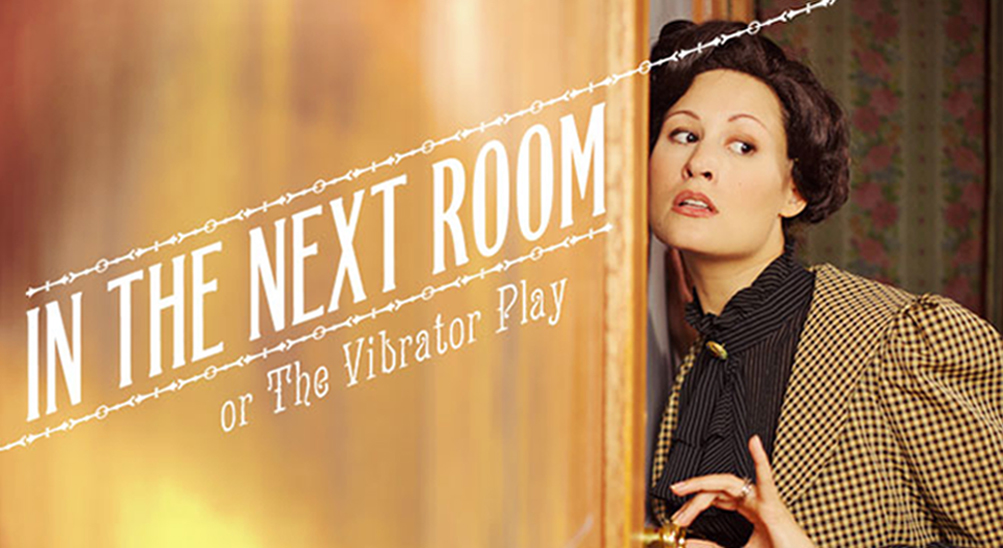‘In the Next Room or the vibrator play’: A contemporary exploration of Victorian sexuality

“Isn’t funny? I do not know what kind of person I am.”
This line, spoken by Mrs. Givings, exemplifies how identity and sexuality are explored in Sarah Ruhl‘s “In the Next Room or the vibrator play.” This play is set in Victorian-era England, a time when hysteria was a clinical diagnosis for women and was treated with the first vibrator. It is the story of four women who struggle to maintain control over their bodies and sexualities in a time when men blame women’s frustration with their limited roles in society on “excess fluid in the womb.”
Mrs. Givings (Bryn Striepe) is a new mother who feels smothered by the expectations of domesticity. Unable to nurse her newborn baby, she watches enviously as the wet nurse Elizabeth (Danielle Mills) nourishes her baby girl into a proper fat baby, the coveted mark of a good mother. She spends most of her time in the parlor, her ear pressed to the door of her husband’s medical practice, listening as her husband treats his patients for hysteria. The mystery of what is in the next room leads Mrs. Givings to meet Mrs. Daldry (Wendy Melkonian), a hysteria patient who is unable to have children. Together, these women explore their sexuality, sneaking into the next room to discover the mysteries of the “hysteria treatment.”
Space is an important aspect of this performance. The separate rooms reflect the intimacy or distance between the characters. While Dr. Givings clinically stimulates his patients to an orgasm, Mrs. Givings sits in the other room either curiously listening at the door or wandering around the parlor in frustration at a husband who refuses to touch her. The most powerful moments in the play happen when characters occupy the same space. There is a scene when Annie (Maria Sager), Dr. Givings’ assistant, shares an intimate moment with Mrs. Daldry on the piano bench. This moment exemplifies how physical space defines the changes in the relationship between characters.
Elizabeth, the wet nurse, has a greater understanding of her sexuality and unlike Mrs. Givings and Mrs. Daldry, has experienced intimacy and sexual satisfaction with her husband. Unlike her aristocratic counterparts, Elizabeth’s relationship, body and sexuality are not respected by Victorian society. Elizabeth represents the dehumanization of black women. Her body is always being used, first as Mrs. Givings’ wet-nurse and secondly as the object of the male hysteria patient Leo’s (Tony Larkin) painting. Of all the women, Elizabeth’s experience is the most heart-breaking because regardless of how she meets the standards of Victorian womanhood, she is never respected.
Though this play explores Victorian-era ideas of women’s sexuality, there is a contemporary exploration of love and intimacy. One of the most visceral and touching moments of the play comes when the stoic and scientific Dr. Givings breaks down and confesses to his wife that he lacks the language to express his love for her. David Thomas May’s performance turns scientific descriptions of parts of the face into a heartfelt confession of true love.
“In the Next Room or the vibrator play” is running until October 18 at Synchronicity Theatre, located at One Peachtree Pointe, just across the street from SCAD Atlanta. For more information about this play and Synchronicity Theatre, click here.



















